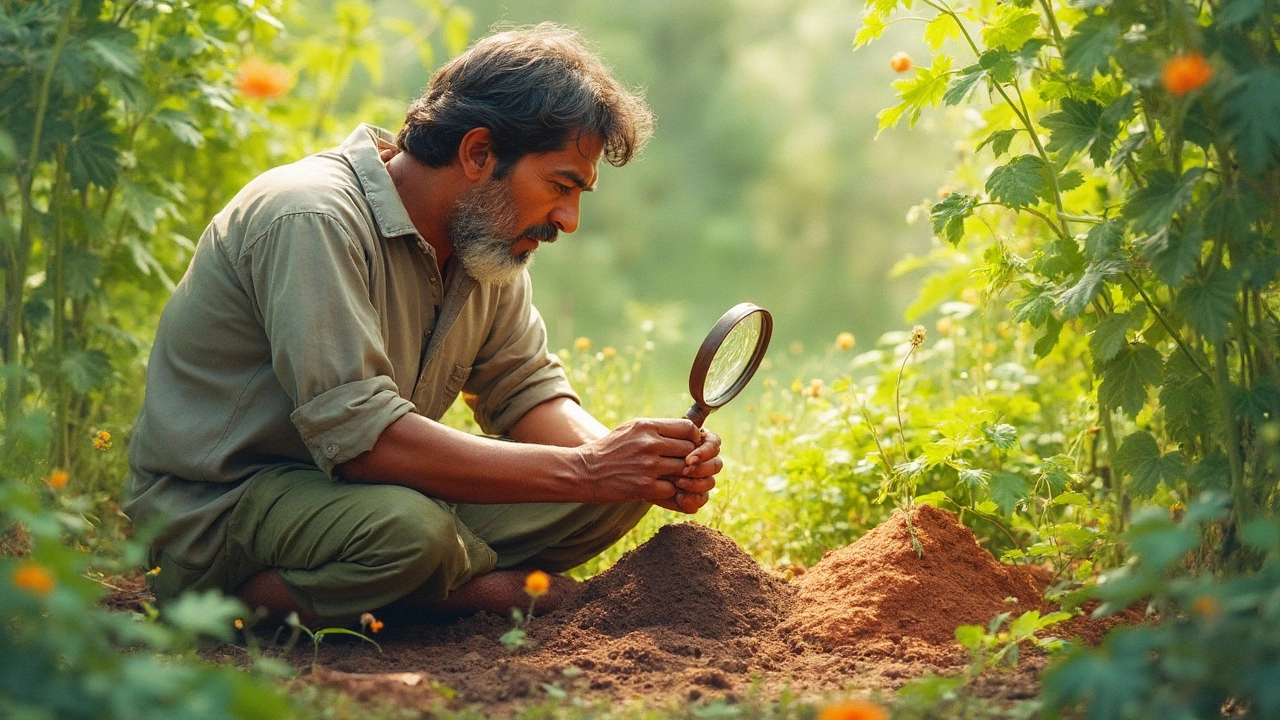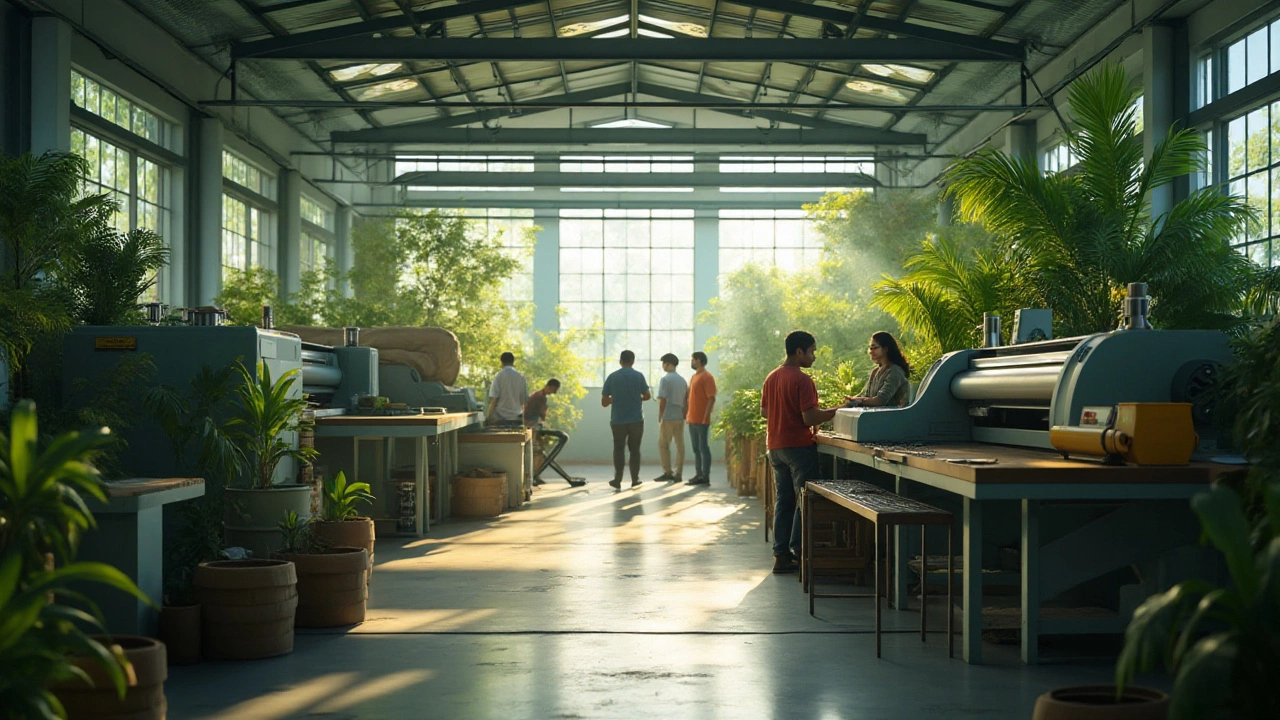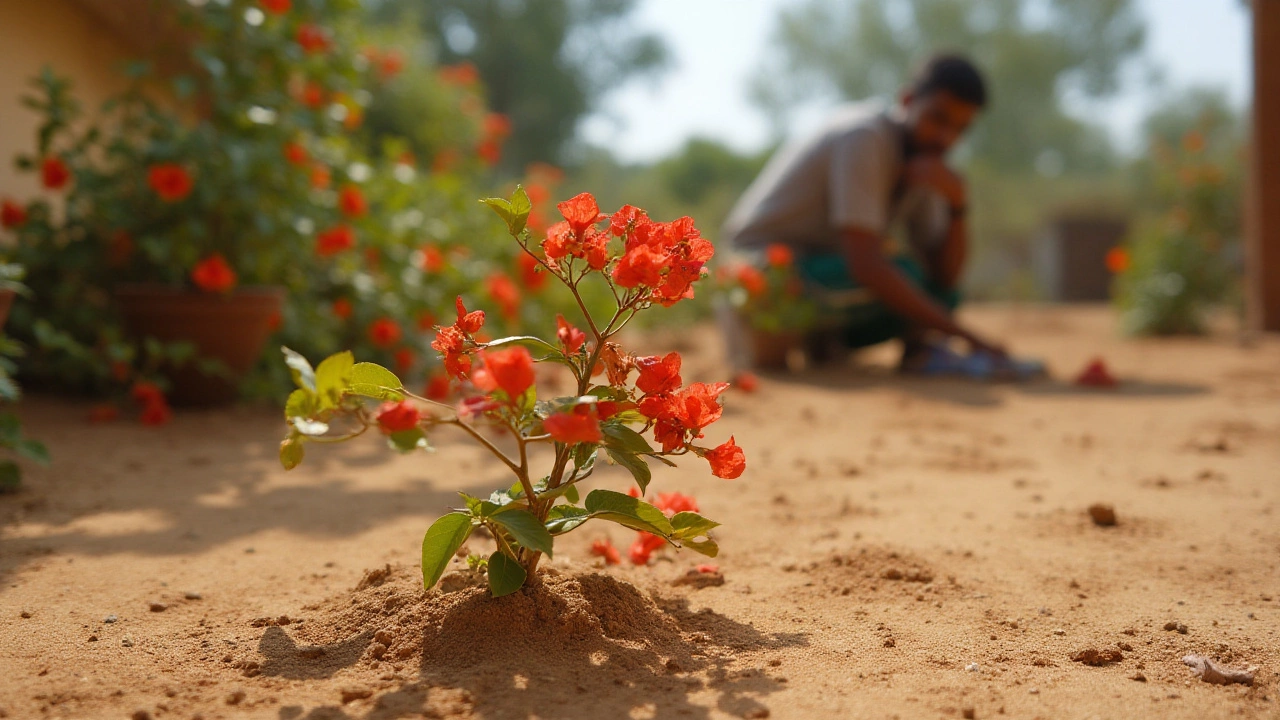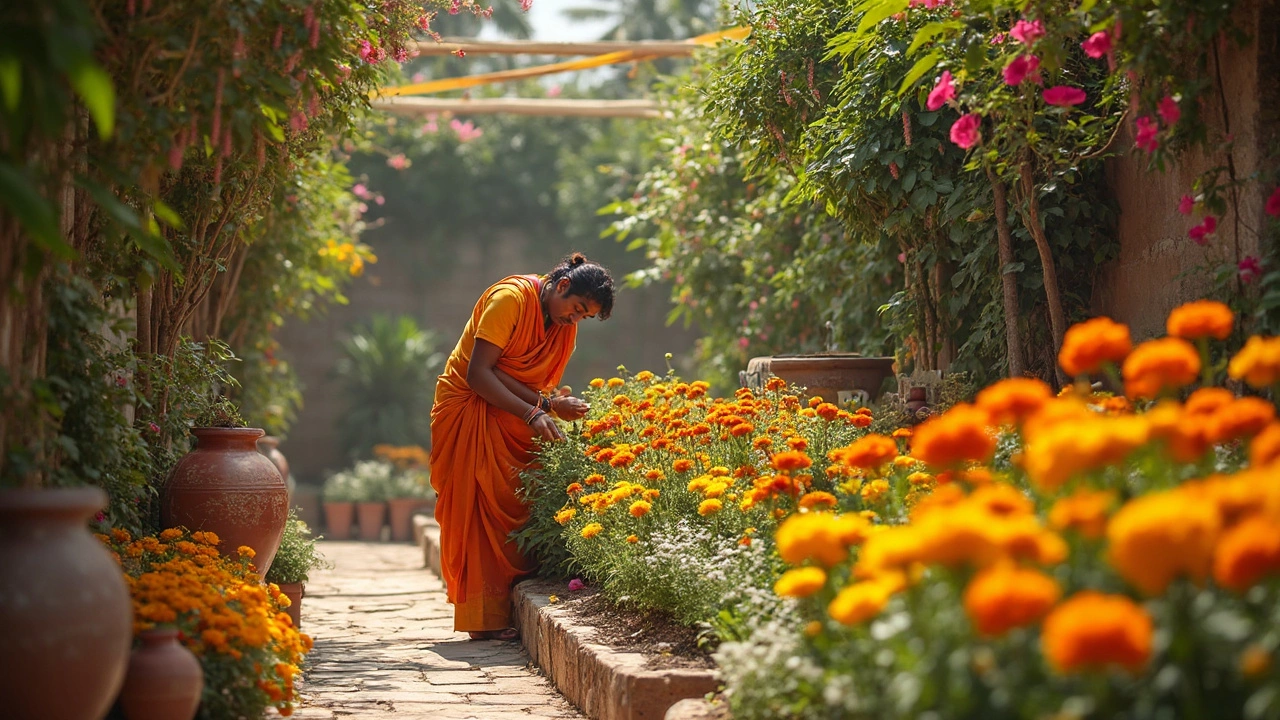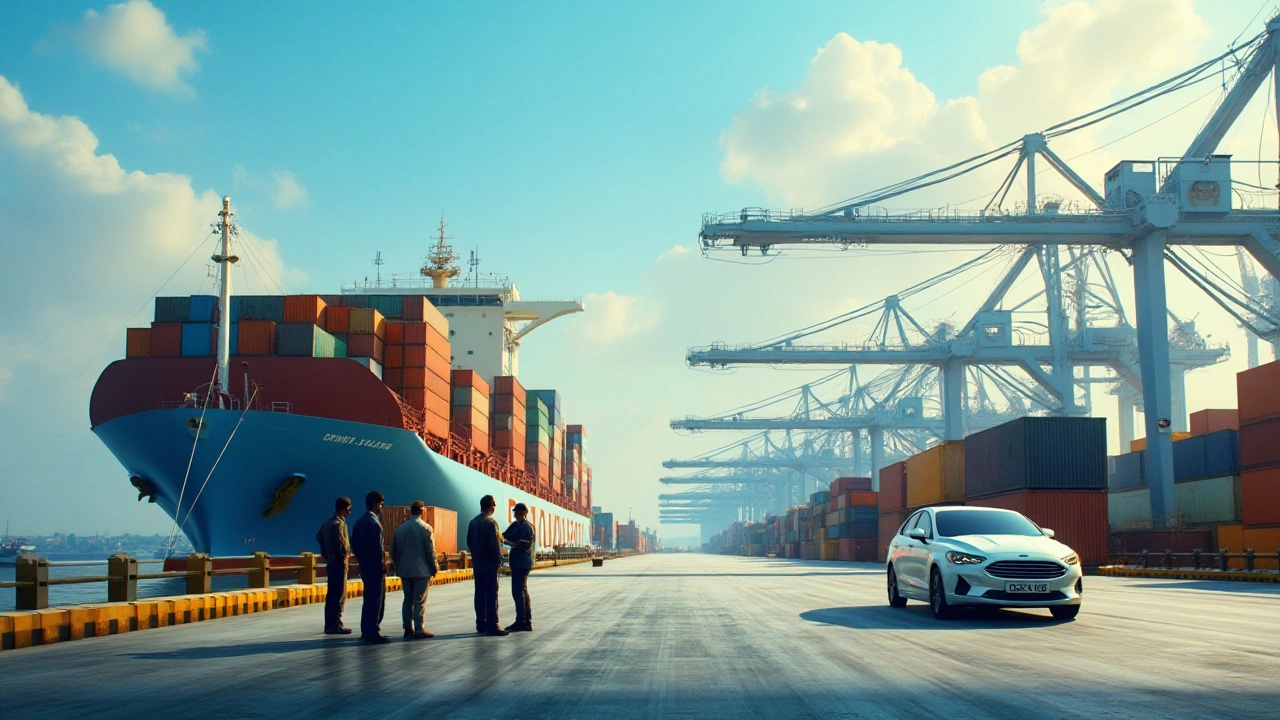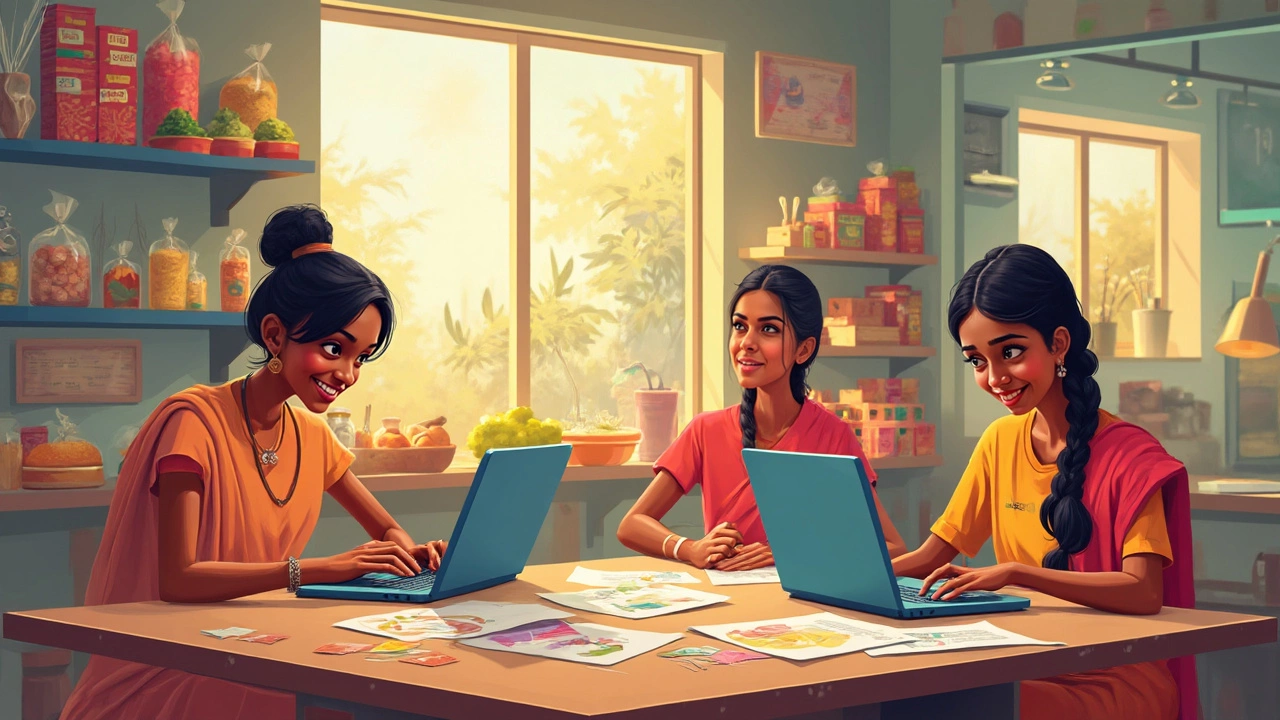Understanding Soil Types for Better Gardening
When working with Soil Types, the classification of earth materials based on texture, structure, and composition. Also known as soil classifications, they dictate how water, nutrients, and roots interact in any garden. Knowing the right soil type lets you match plants, watering methods, and soil‑care practices for optimal growth.
One of the most direct relationships is between Soil Moisture, the amount of water held in the soil at a given time and the soil type. Loam holds moisture evenly, sand drains quickly, and clay retains water but can become waterlogged. Soil types therefore require different watering schedules, especially for container gardens where over‑watering is a common mistake.
Why Soil Type Matters for Sustainable Gardening
No‑Till Gardening, a method that avoids disturbing the soil surface thrives on the right soil type. No‑till preserves soil structure, promotes microbial activity, and reduces erosion – benefits that are most evident in loamy or sandy soils that can maintain pores without compaction. When you pair no‑till with proper soil‑type selection, you get richer organic matter, better water infiltration, and healthier roots.
Another key player is Drip Irrigation, a low‑flow watering system that delivers water directly to the root zone. Drip works best in soils that can absorb water slowly, like loam or well‑amended clay. In sandy soils, you may need emitters spaced closer together to avoid drainage before roots can use the water. Matching drip design to your soil type cuts waste and protects plants from root rot.
For those growing in pots, the advice on Container Garden Watering, the practice of providing moisture to plants grown in containers changes with soil type. A lightweight, peat‑based mix behaves like sandy soil – it dries out fast and needs frequent, light watering. A denser, compost‑rich mix mimics loam, allowing you to water less often but with a deeper soak. Understanding this link avoids the daily‑watering myth and saves water.
Here are three quick checks you can run today:
- Rub a handful of soil between your fingers. If it feels gritty, you’re likely dealing with sand; if it sticks together in a smooth ball, it’s clay.
- Drop a water bead on the surface. If it disappears in seconds, the soil is sandy; if it beads and stays, it’s clay.
- Look at plant performance. Wilting after rain suggests poor drainage (clay), while soggy leaves point to water‑logging (heavy clay).
Putting it all together, the relationship between soil types, moisture management, no‑till practices, and drip or container watering is a web of cause and effect. Choose a soil type, adjust it with organic matter, pick a compatible watering method, and you’ll see healthier plants, less water waste, and lower labor. Below you’ll find articles that dive deeper into each of these topics, from daily watering myths to the economics of factory jobs, all curated to help you make smarter decisions for your garden and beyond.
Understanding the Difference Between Garden Soil and Topsoil
Garden soil and topsoil are often thought to be the same, but they serve different roles in gardening. While both are crucial for plant growth, understanding their differences can help you choose the right one for your needs. Discover the specific characteristics of each type and learn how to enhance your garden by using them effectively. This guide will explore how soil composition affects plant health, offering practical tips for improving your garden's soil.
- manufacturing
- India
- food processing
- garden tips
- rice cultivation
- government schemes
- balcony garden
- urban gardening
- balcony gardening
- profitable business
- business ideas
- plastic manufacturing
- drip irrigation
- plant care
- steel manufacturing
- sustainable gardening
- startup ideas
- steel industry
- flower gardening
- textile manufacturers

